Un/Besieged was a microfestival of artwork created by the first-year MA students in Human Rights & the Arts, as part of The Politics of Interactive Art course taught by Tania El Khoury. The two-day microfestival took place throughout the campus, and included interactive installations, performances, and sound work.
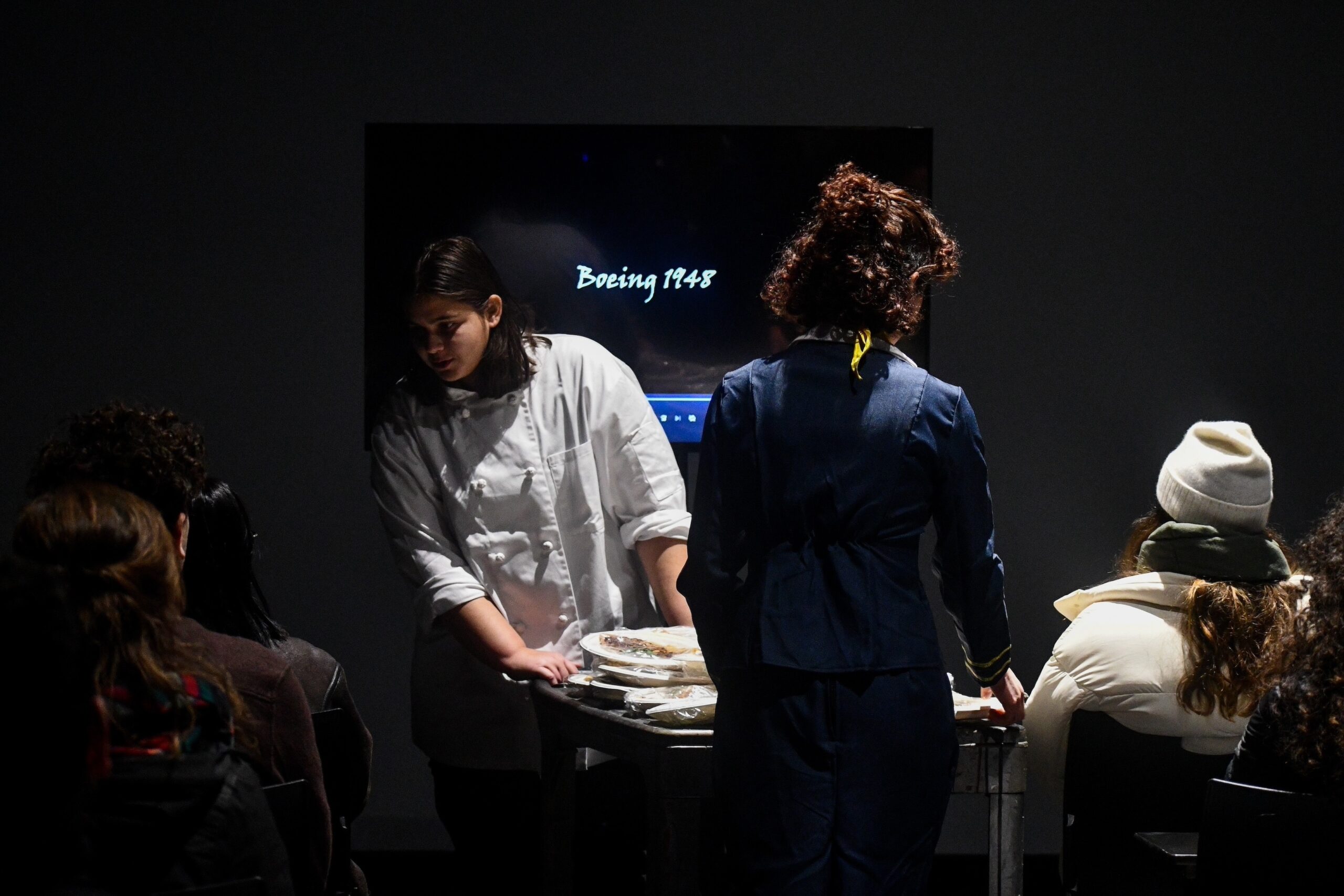
Come on board a journey that delves into the intricate politics and ethics of food appropriation within the Israeli settler colonialism of Palestine. In an immersive airline setting, the audience is invited on a trip of culinary reclamation, where the destination is none other than the authentic flavors of native cuisine. Get ready to explore the rich tapestry of taste, culture, and history, all while challenging your perspectives on fabricated identities.This performance is more than just a meal; it’s a multi-sensory experience of the politics of gaslighting and the quest for the decolonial Musakhan.
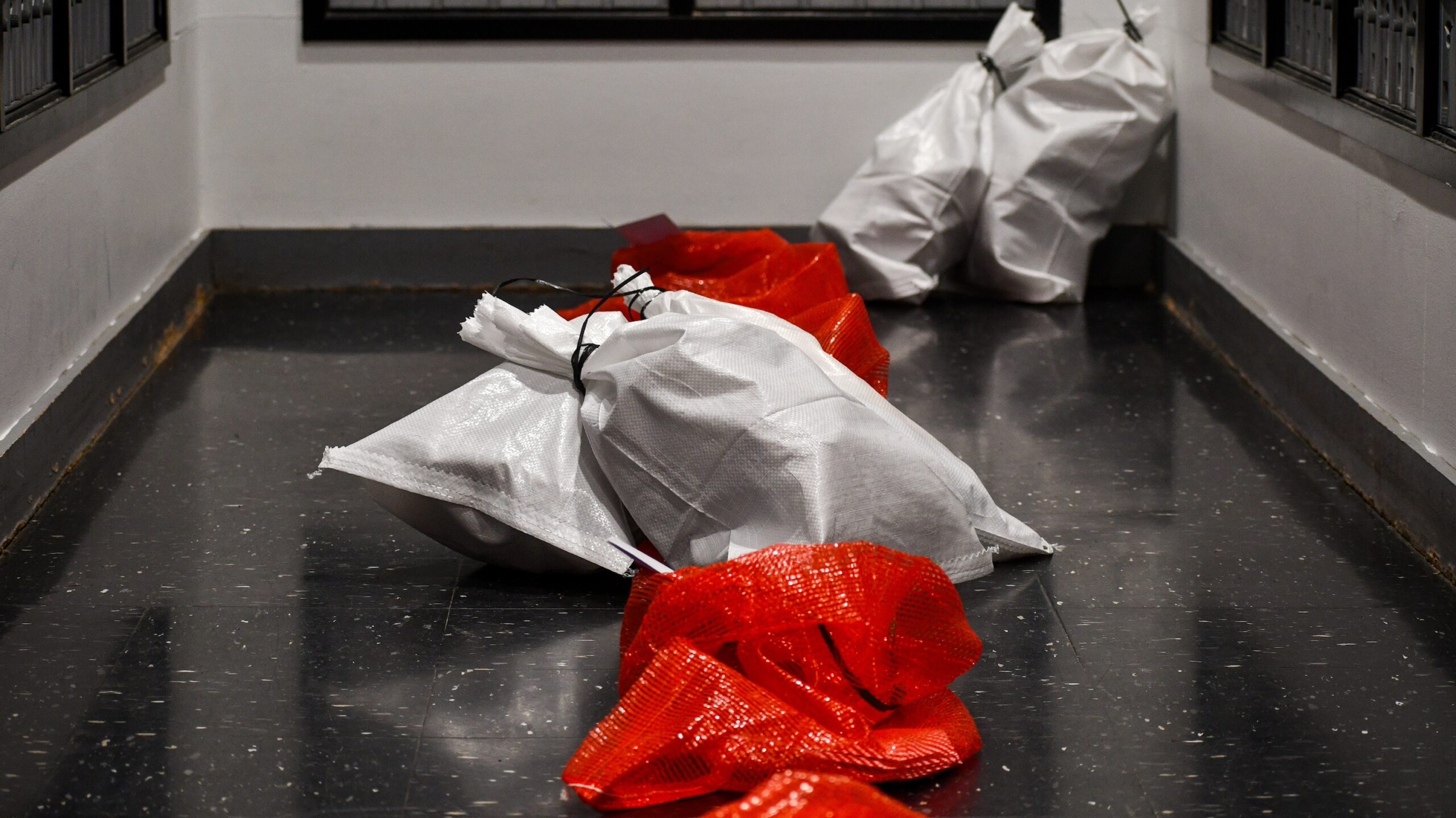
Return to Sender is an interactive installation and workshop inviting the audience to sort through years of undelivered mail coming out of the Gaza Strip. It features short letters and reviews published by Gazan guides about local places they once visited. The work aims to uncover the less visible layers of the Israeli siege on Gaza. It maps ordinary people’s lives in the strip, in hopes of recreating alternative geographies of Gaza prior to its destruction in October 2023.
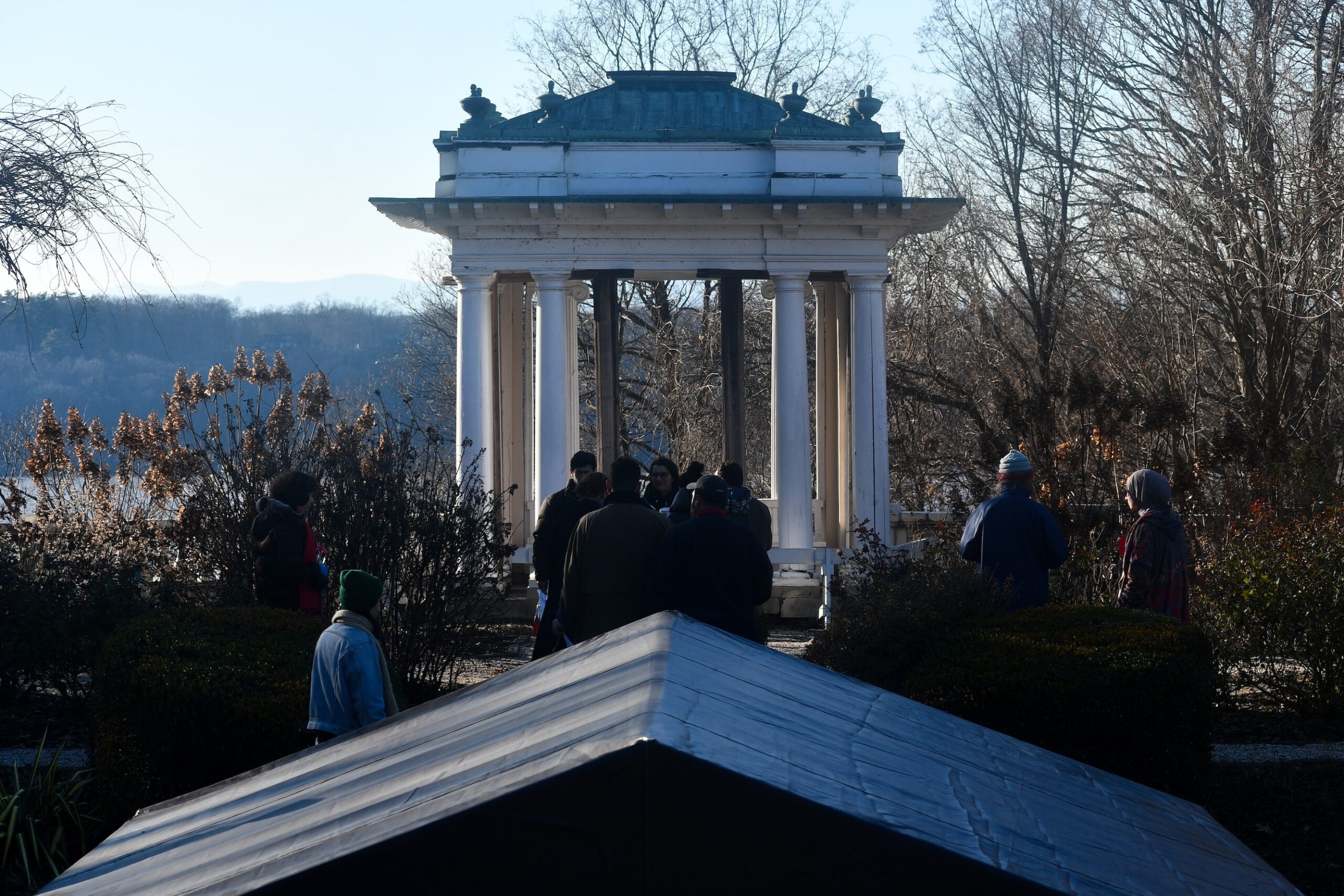
Sunken Ground is an audio-walk in the Mahicannituck river. As glaciers melt according to current predictions, river water will submerge Blithewood gardens, erasing traces of human activity on this land. In collaboration with the Centre for Environmental Studies, Sunken Ground invites the audience to embody a future landscape, using sound to cross space-time continuums through deep history. While interrogating our [lack of] connection to climate catastrophe in the Anthropocene, this work plays on ways of seeing, feeling, and imagining alternative futures.
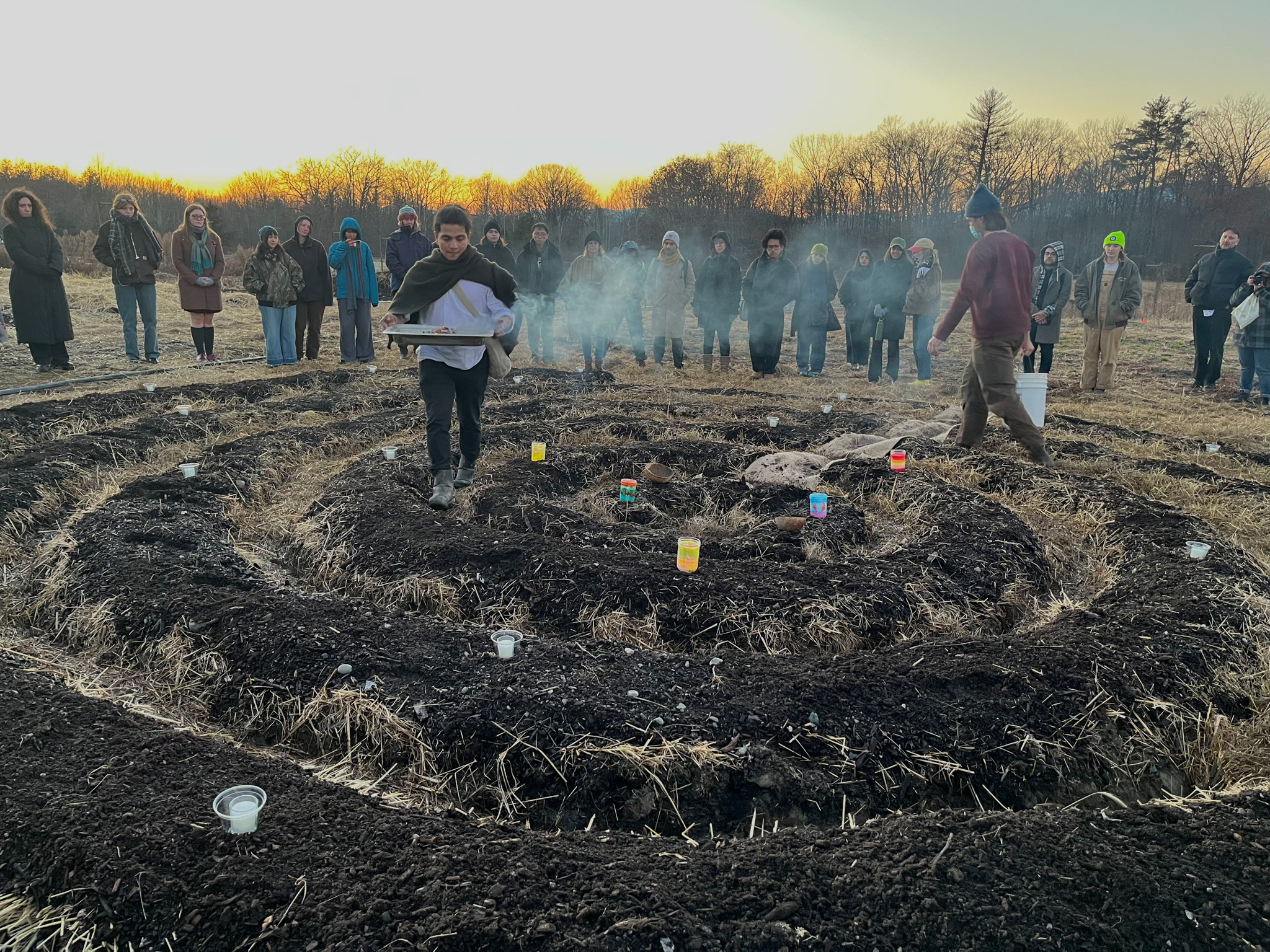
Spirality is an interactive live art installation about inhabiting the land as an indigenous person on a settler colony. The work uses the form of the traditional agricultural practice of “espiral” in which seed planters give offerings to the land. The seeds hold the memories of both the land and those who eat from it.
This ritual will take place on Bard Farm. It serves as a protest and defense of the political, cultural, and spiritual processes that have been carried out on the location where the college intends to build dormitories.
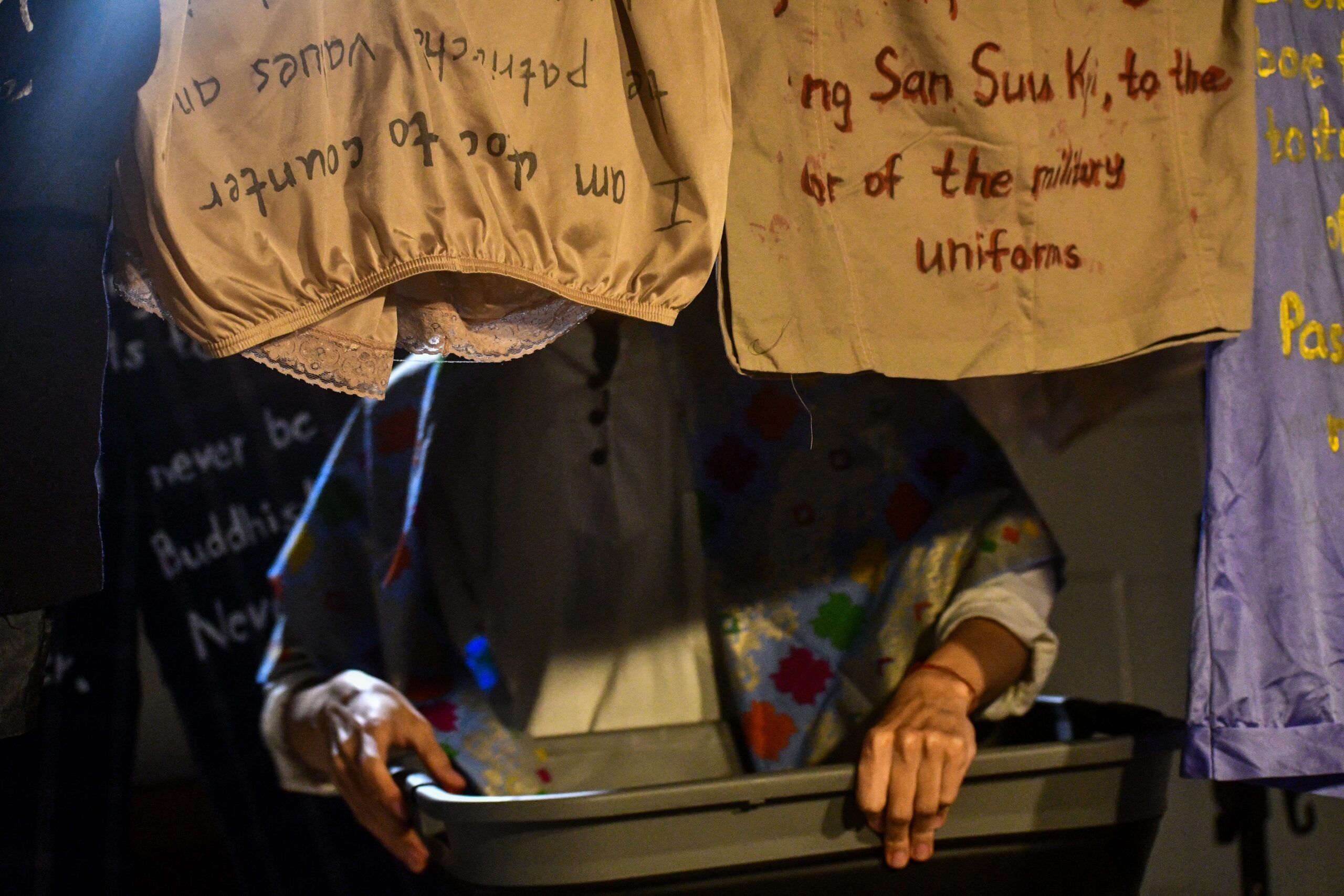
Laundering “Hpone” is an installation exploring the anecdotal superstition around Hpone in Myanmar. Hpone is the belief of a mystic power that only men possess, and is threatened by the mere touch of another gender’s clothes. This concept shaped Myanmar’s traditions and behaviors, painting menstruation as ‘dirty’, keeping women away from sacred places, and guiding the strict rules of domestic laundry.
Through personal memories and myths recollection, Laundering Hpone engages with the recent use of women clothings as a form of political resistance in post-coup Myanmar. It examines the collective effort to redefine and resist patriarchy, male fragility and state violence.
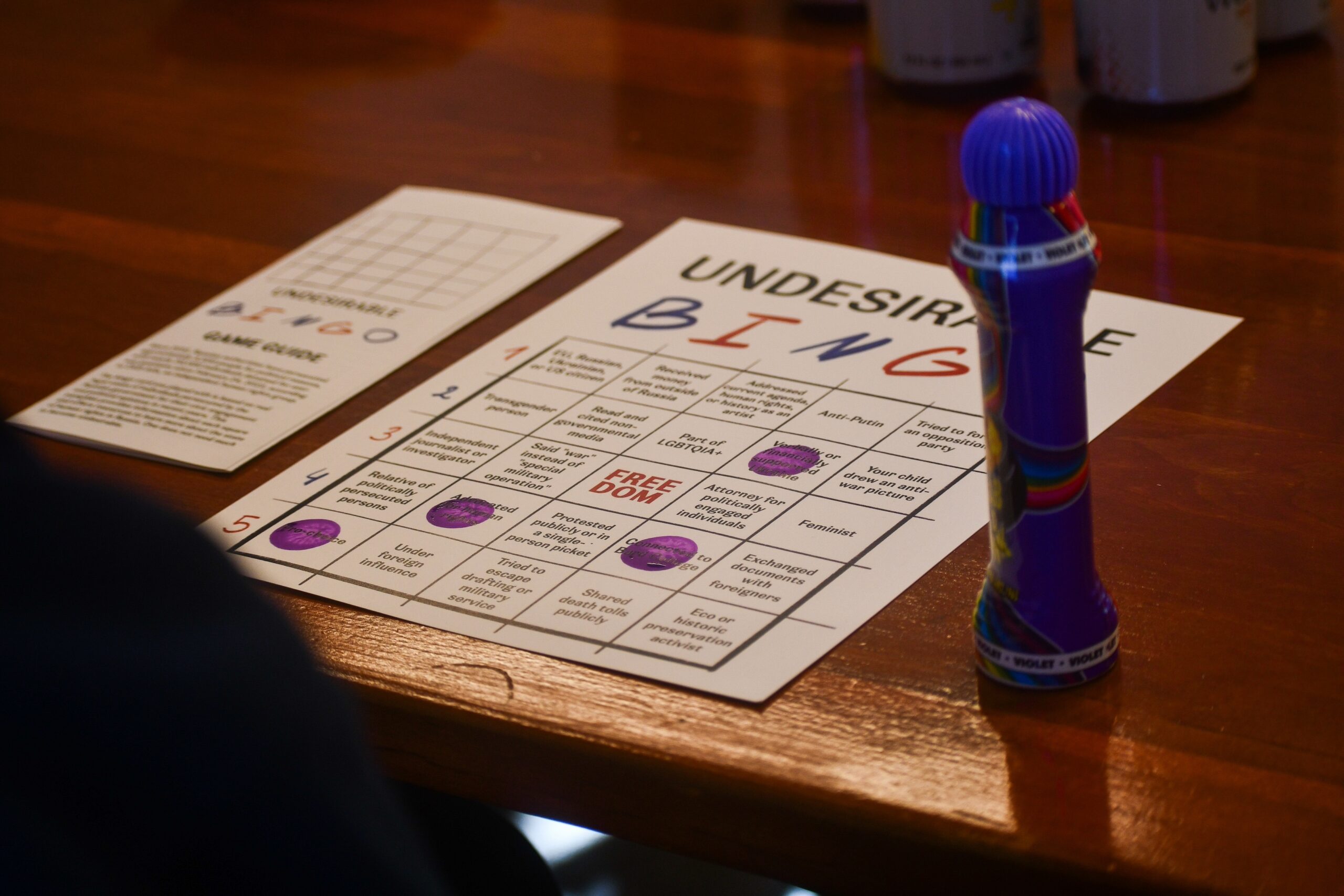
Undesirable Bingo is an interactive performance that challenges the very concept of undesirability introduced by the Russian federal law that suppresses those running contrary. In the context where dissent is squashed and critics are labeled as enemies, it takes the shape of a competitive game to reclaim the idea of undesirability as a badge of honor.
Who will be the first to get the undesirable row as determined by the vague and sometimes random criteria of the Russian government? This performance is an ironic take on the absurdity of government censorship and a celebration of the brave.
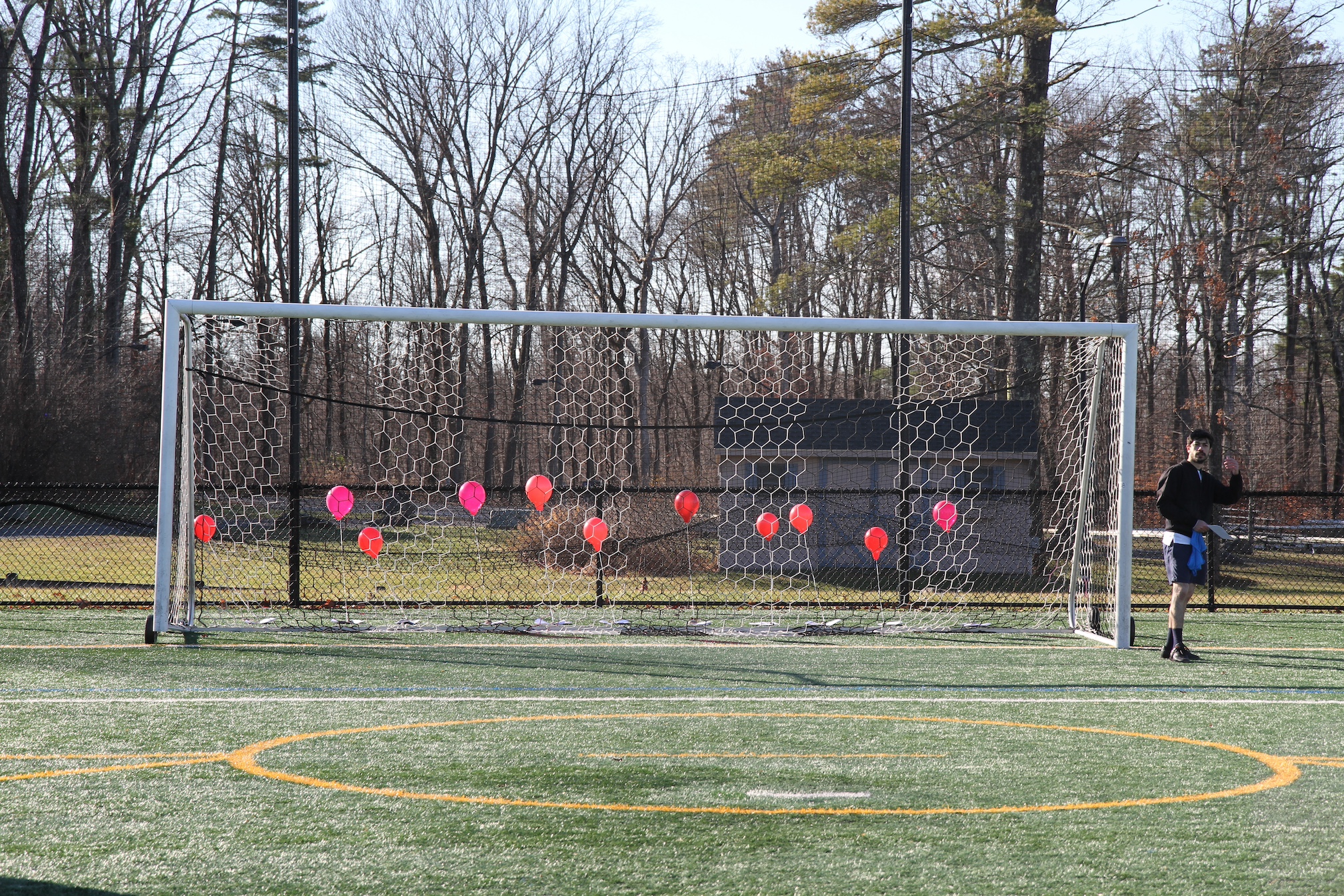
This Is How the Besieged Play is a minimalist installation and an interactive nonevent exploring disrupted childhood playfulness and the making of absence by modern warfare. The audience is invited to be both players and spectators in a football game that shall not be played. The work conjures both a scene from the artist’s memory of chasing a ball on the family’s lawn before the war on Iraq, and the site of the playground-cum-Martyrs’ Cemetery of Fallujah, where many civilians, including children, were laid to rest during two American assaults on the city in 2004.
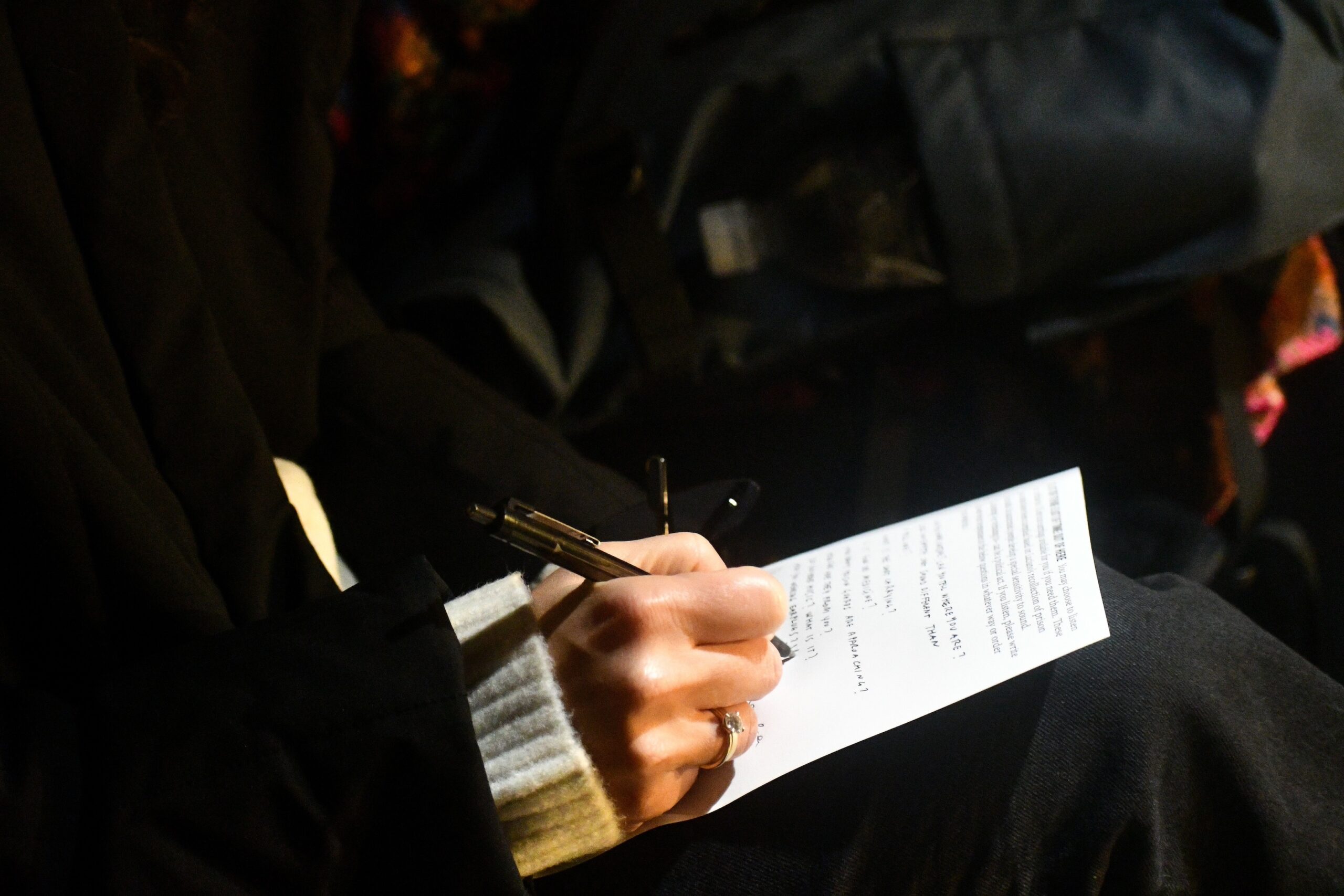
The prison experience is understood to be isolating and depriving of visual stimulation. Prisons are not quiet places where reflection and reparation occur. Incarcerated people develop a special sensitivity to sound. In a place where their bodily agency is restricted, listening –or refusing to– is a political act. Based on his friend’s recollection of detention sounds, the artist recreates soundscapes that have been weaponized by both the detainees and their guards, as tools of surveillance and resistance. By addressing misconceptions of detention and focusing on prisoners’ knowledge, this aural experiment is a reflection towards prison abolition and the damage and futility of punishment.
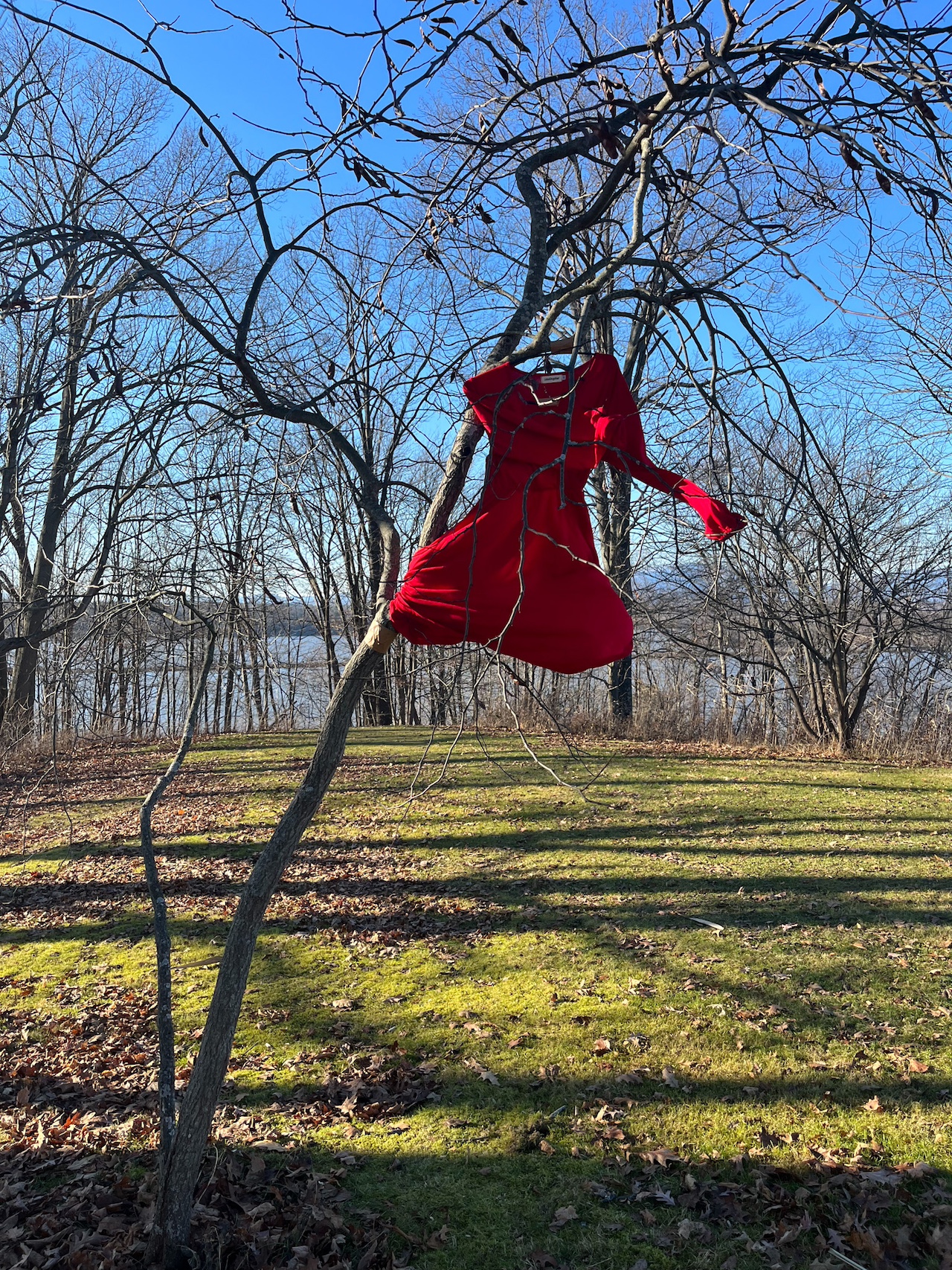
Last seen on 23 June 1611 is an immersive audio tour exploring the dispossession of the People of the Waters that Are Never Still.
On their first stay at a settler colony, the artist embarks on a journey using interviews and archival sounds, to trace the early 1600s and the colonization of the Mahicannituck. The site-specific audio piece invites the audience to reflect on the politics of disappearance by engaging with the topography of the land.